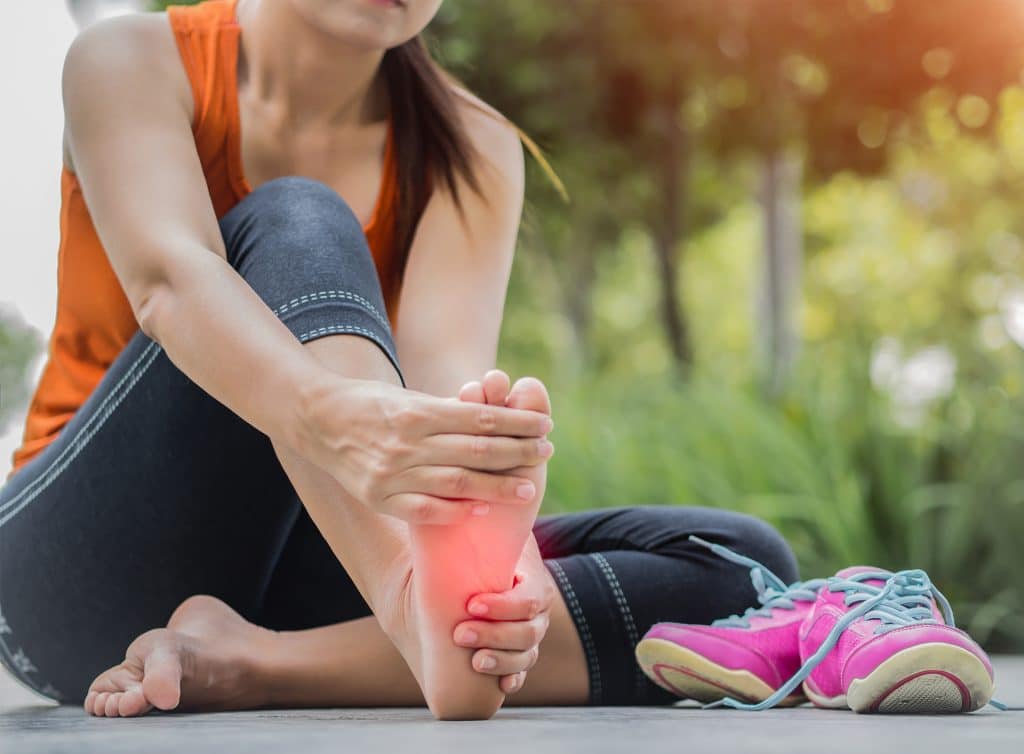✨Book online and enjoy a 5% discount on your first consultation


Is liposuction the best fat removal method? Liposuction or lipoplasty is a surgical process where a suction procedure is used in the removal of stubborn fat […]
April 28, 2023 - 1:22 pm
Dental Cleanings Your dentist will advise you that you need regular professional dental cleanings. Dental cleanings are not just to make your smile look white and […]
April 19, 2023 - 2:57 pm
What is a tailbone injury and how to treat it? Tailbone discomfort can make routine activities painful at best and intolerable at worst. The tiny, triangular […]
April 16, 2023 - 12:26 pm
Near Dubai Miracle Garden,
Diamond Business centre A,
1st Floor,
Arjan, AI Barsha,
Dubai.
Career@7DMC | Privacy Policy | Patient Data
WhatsApp us